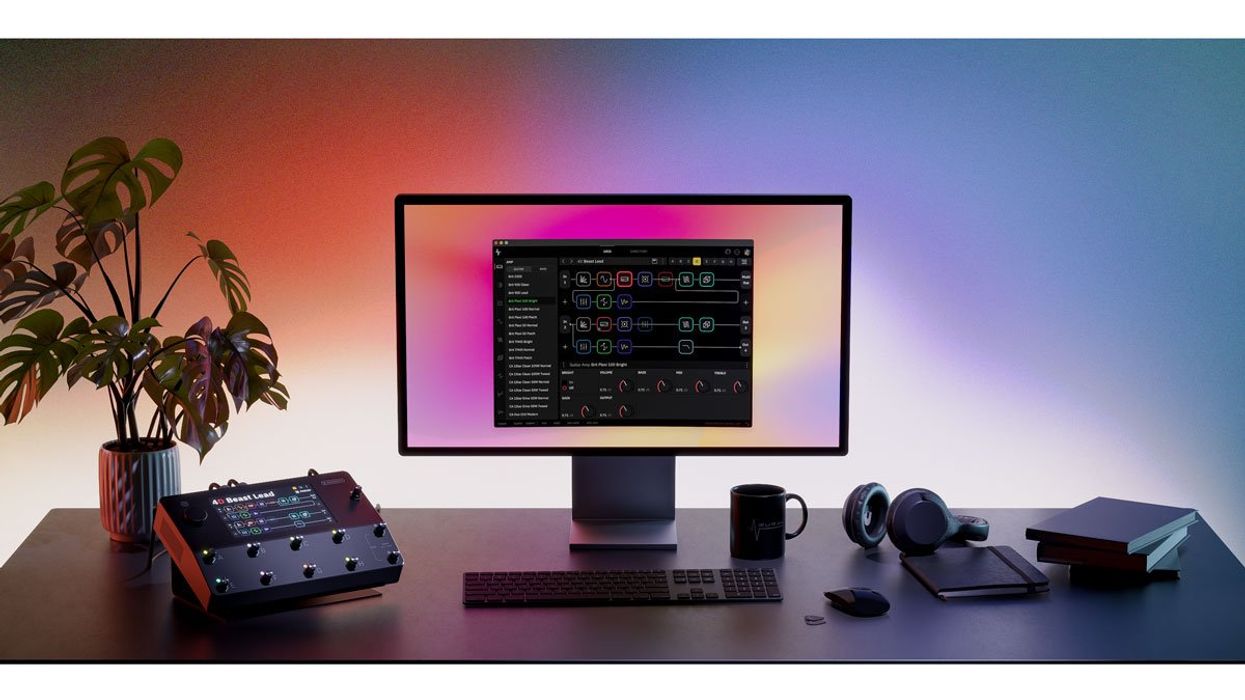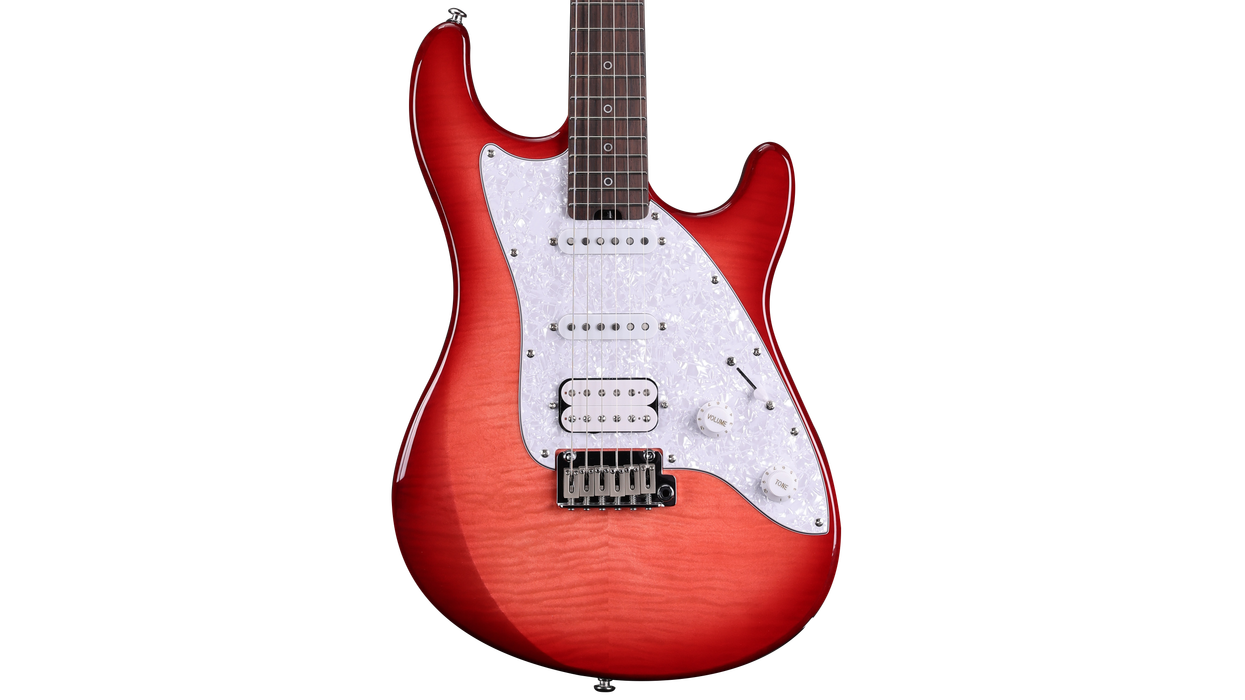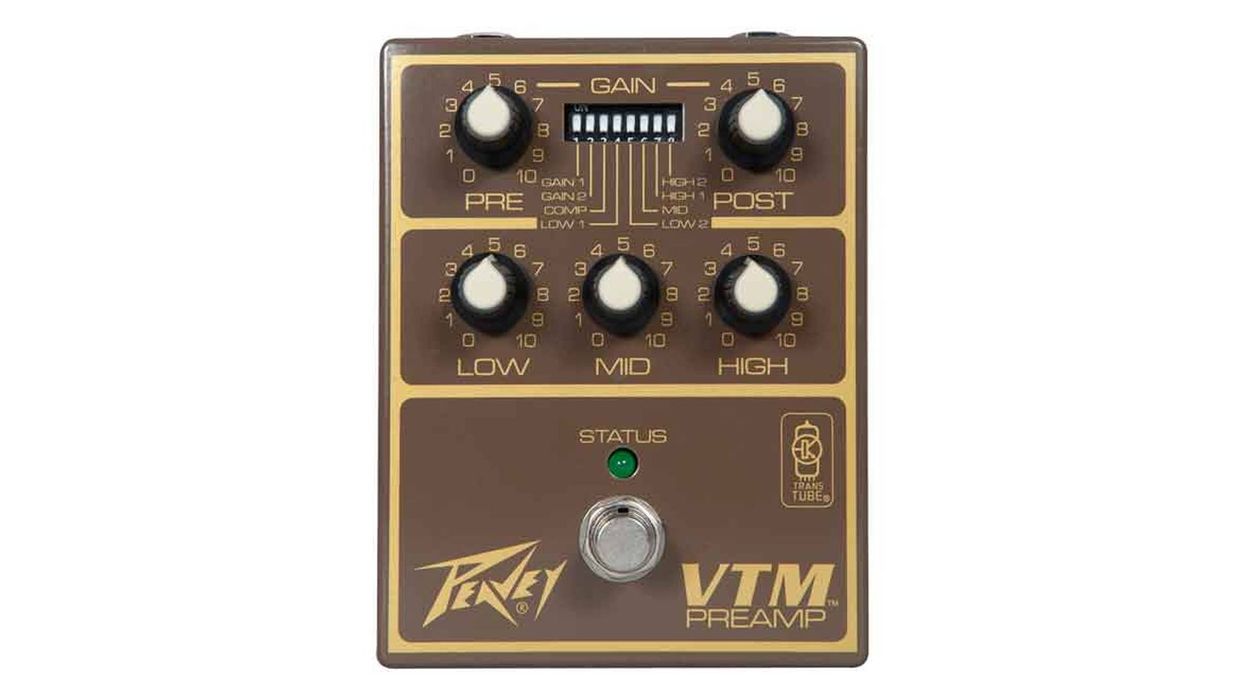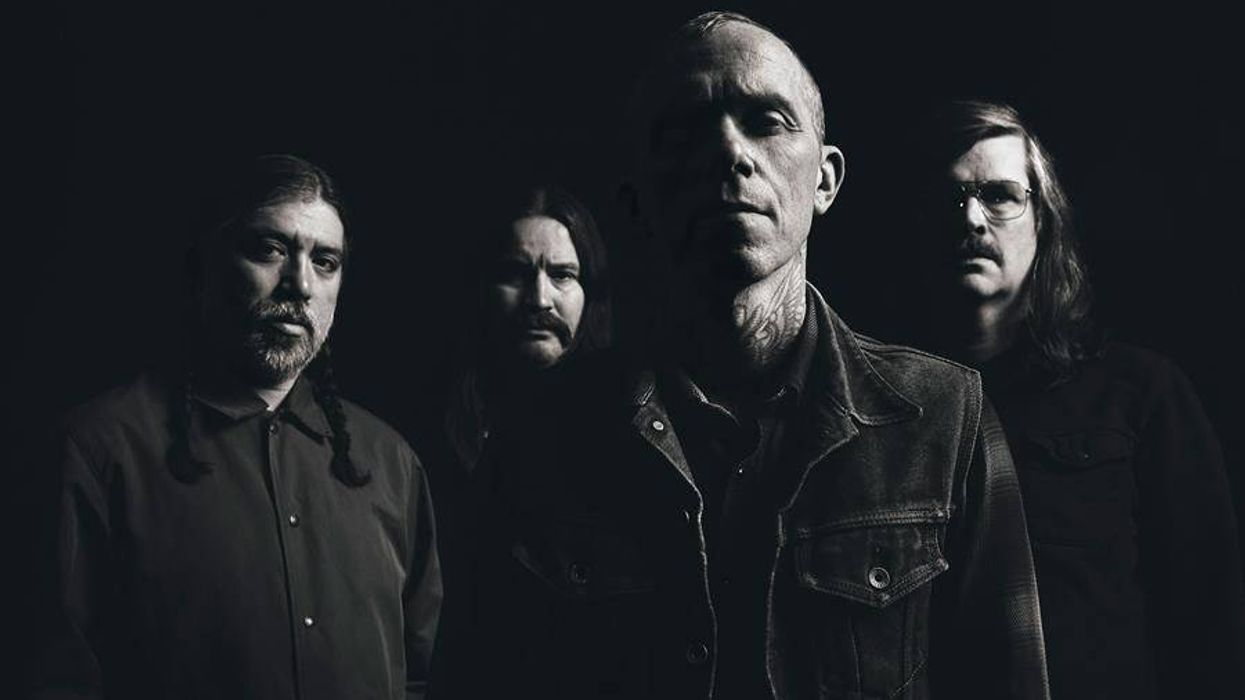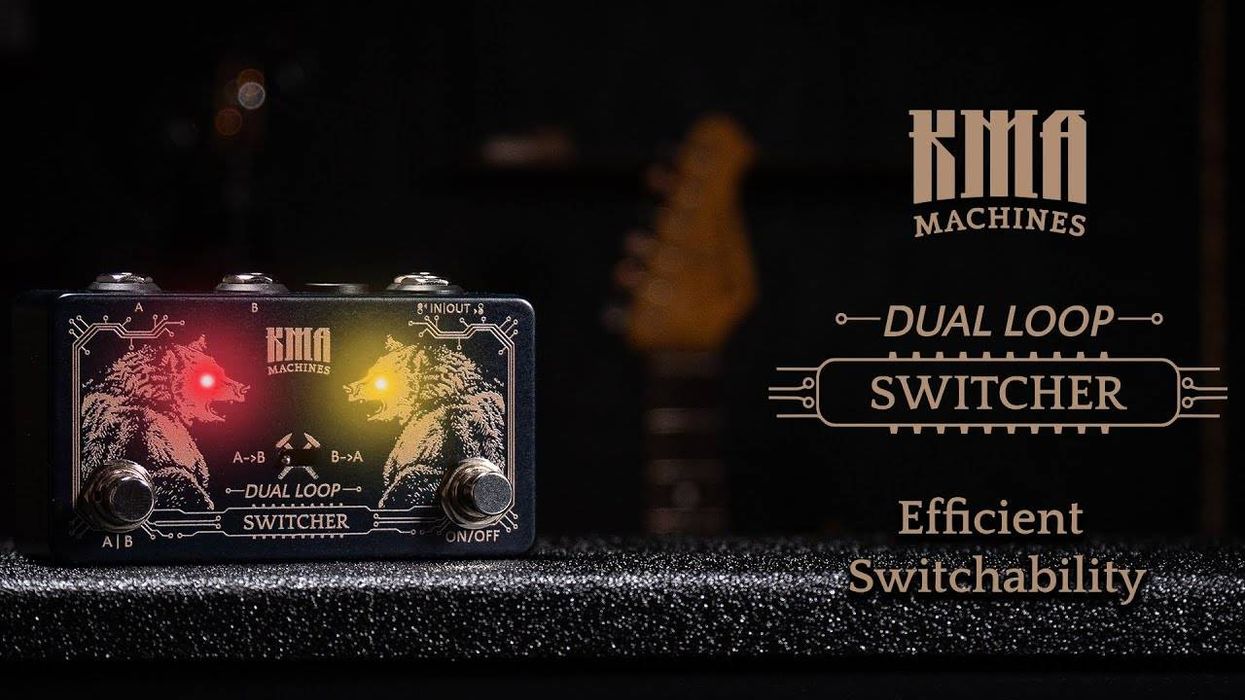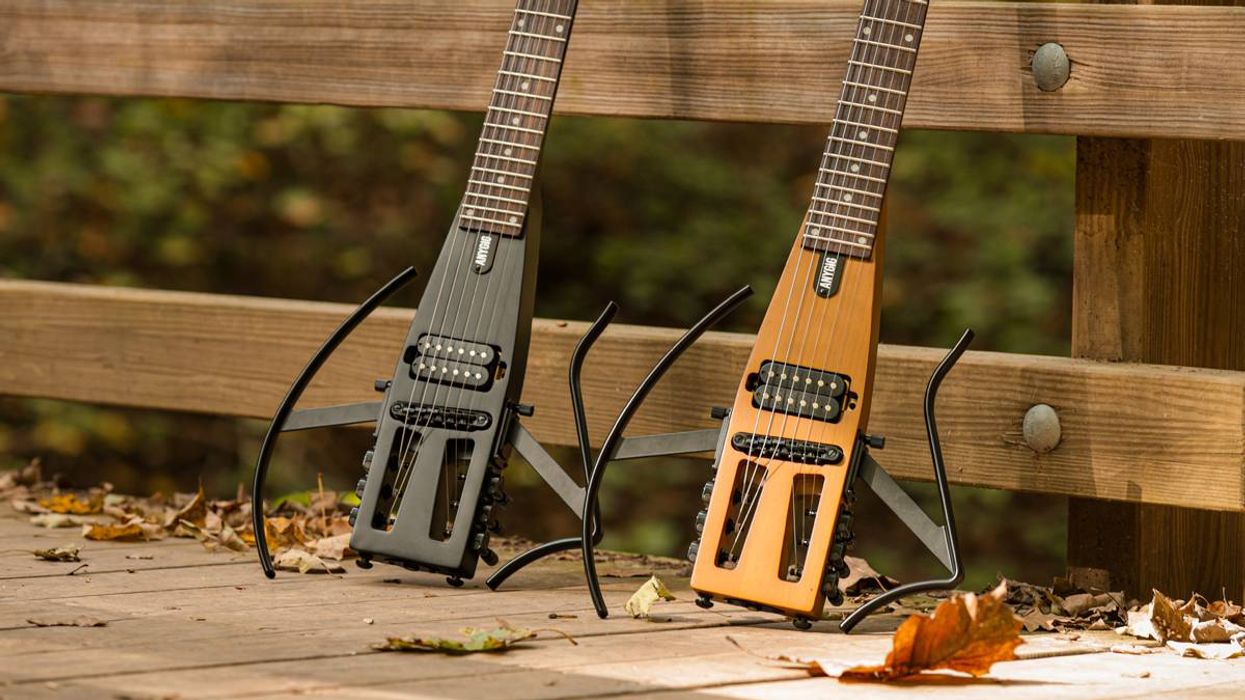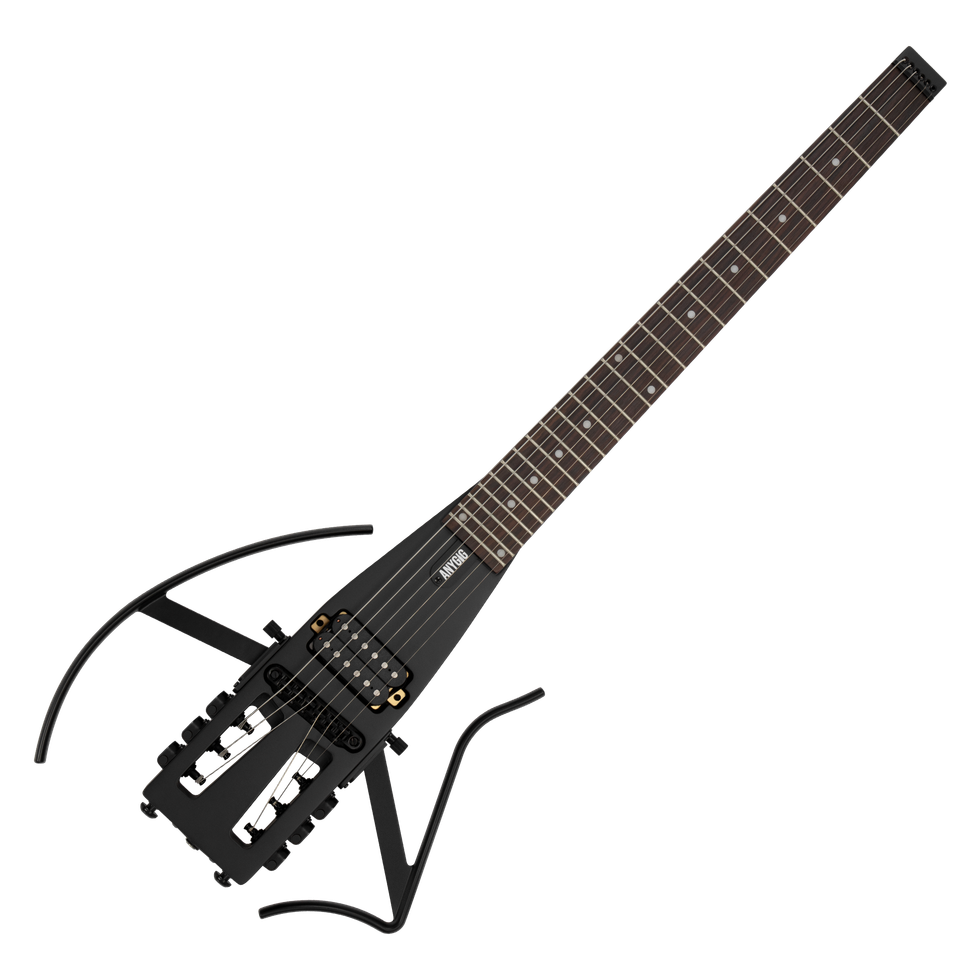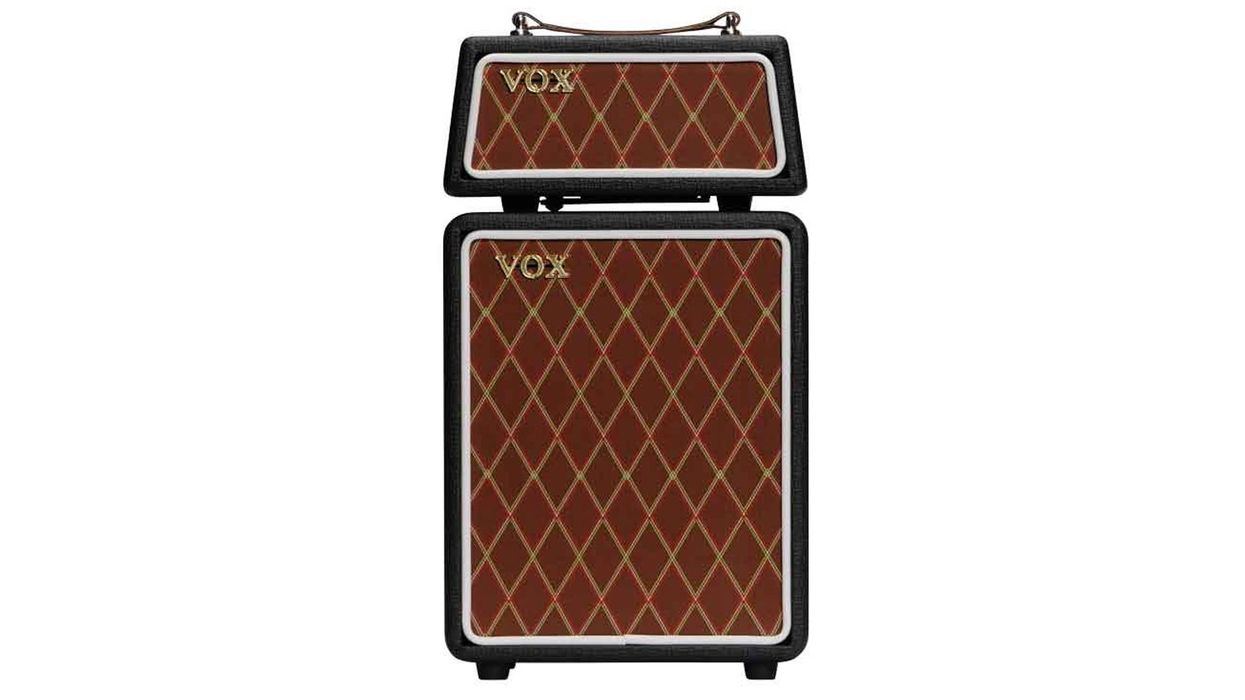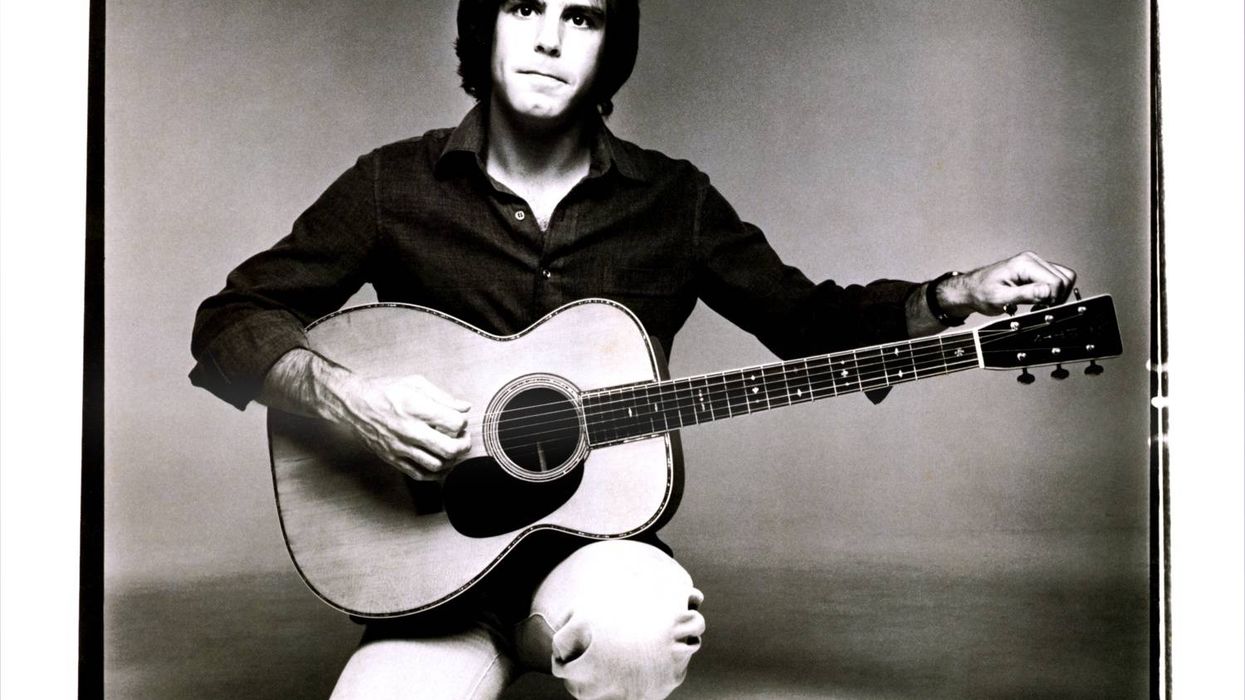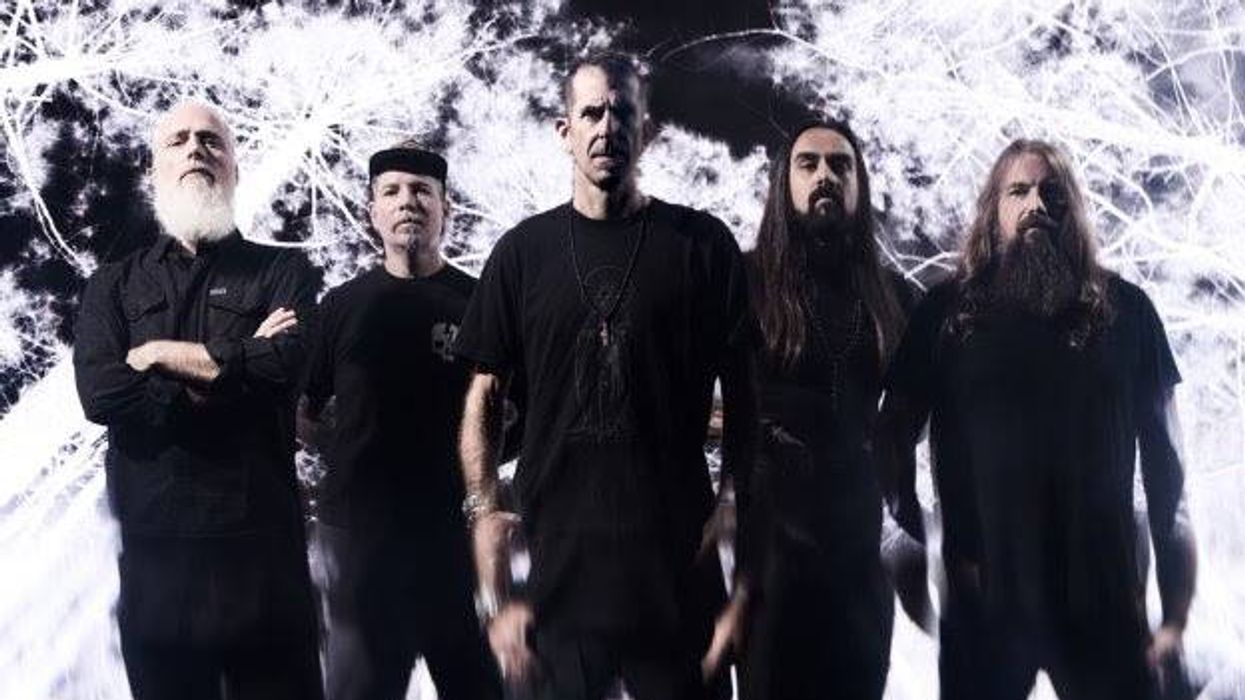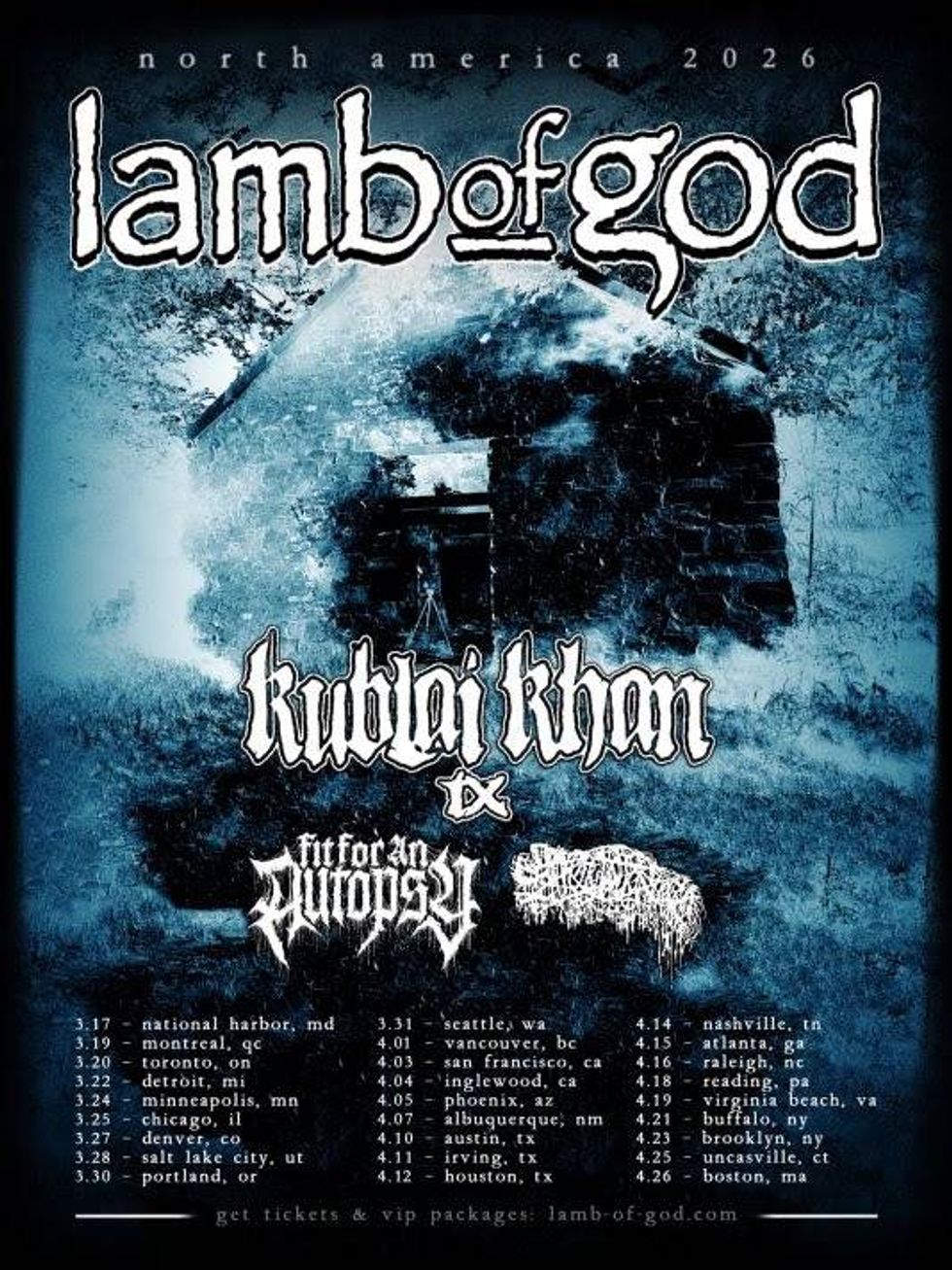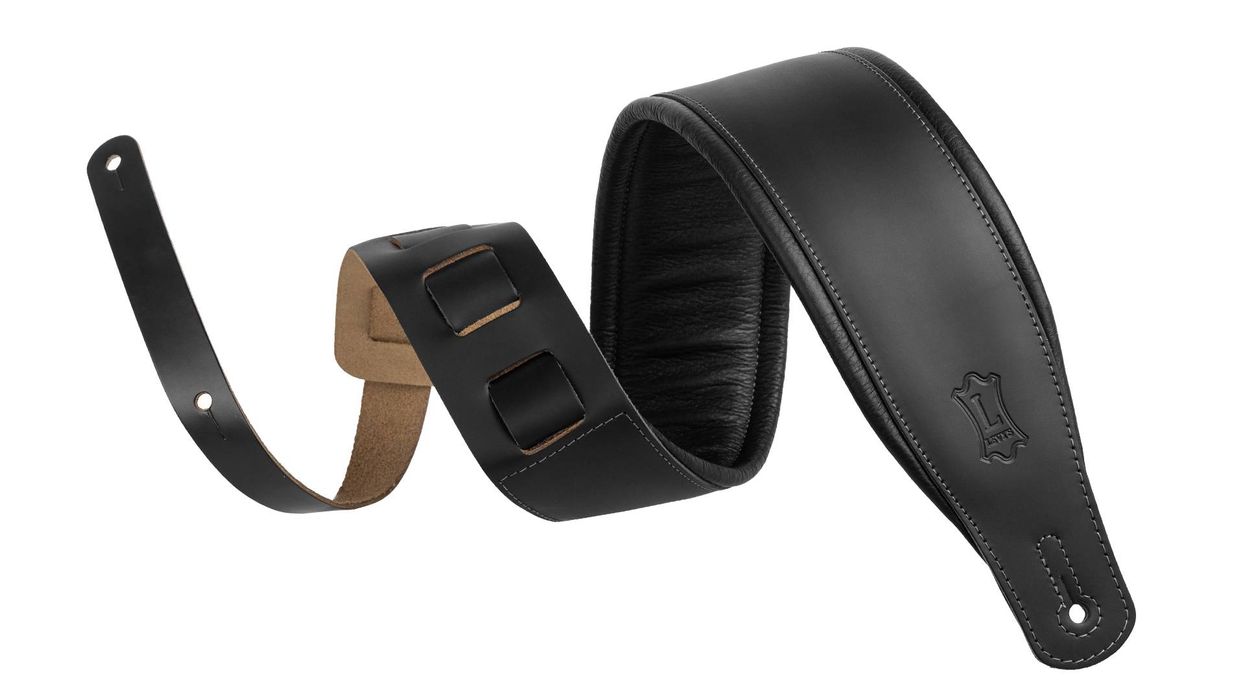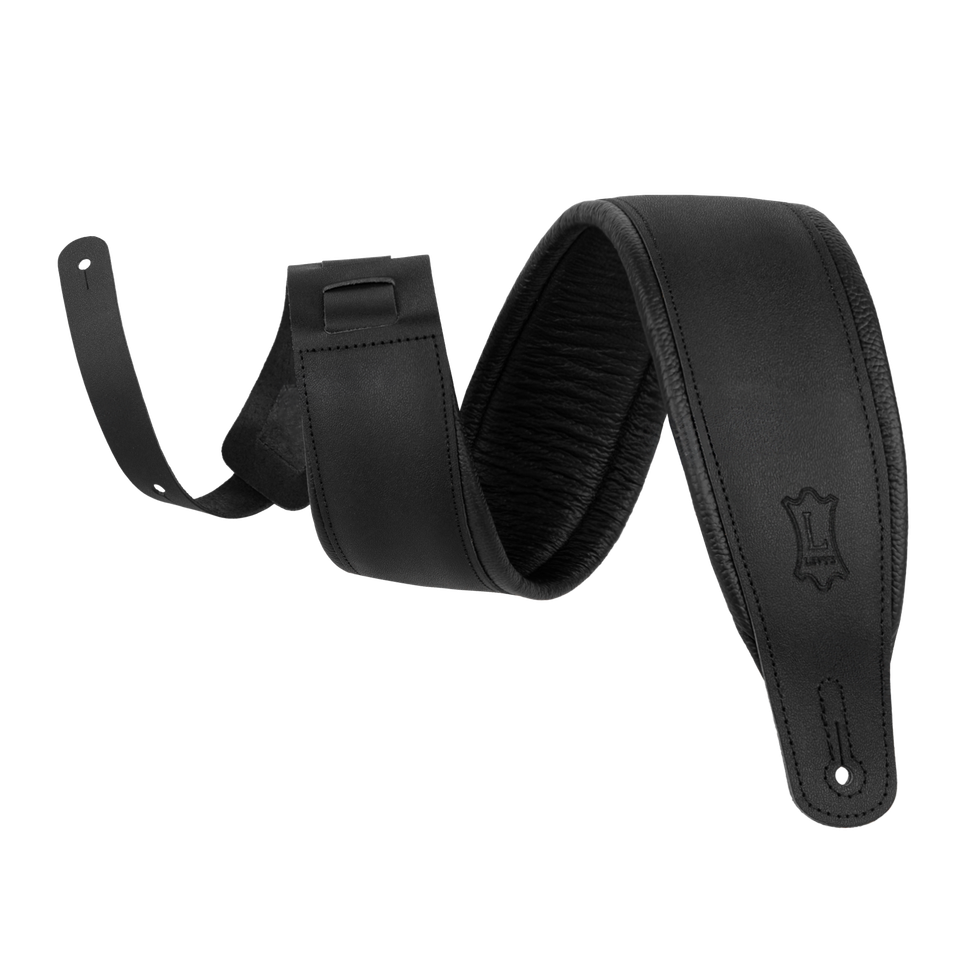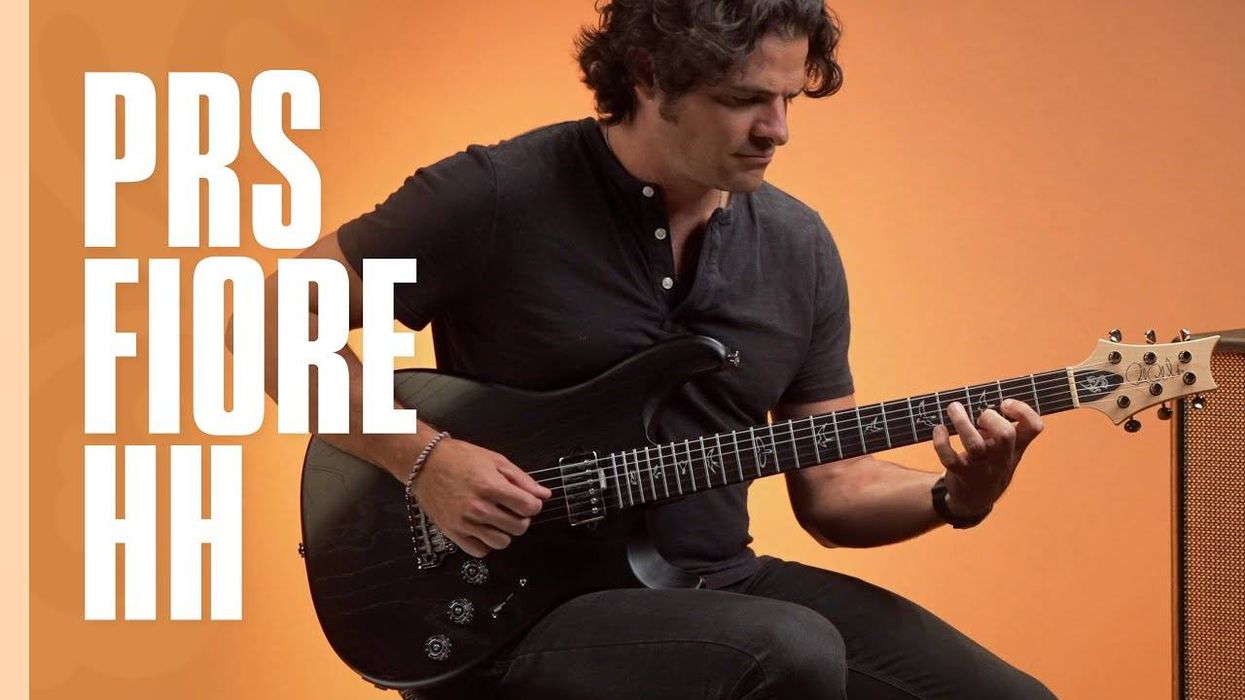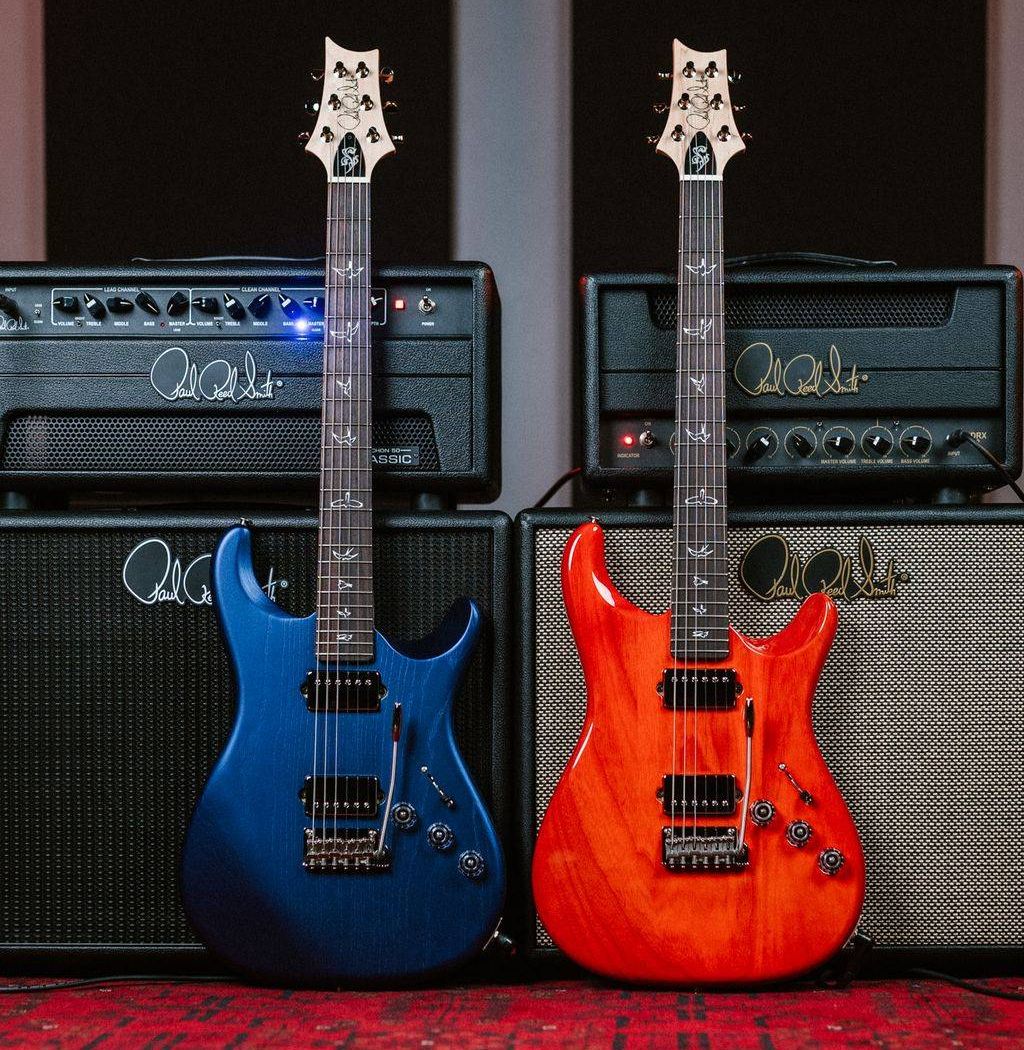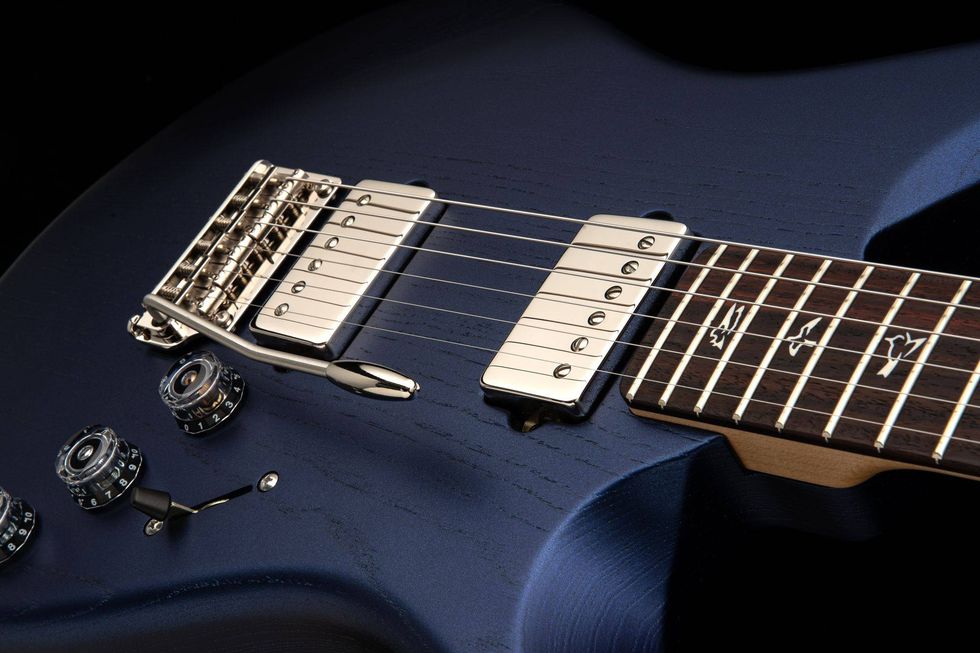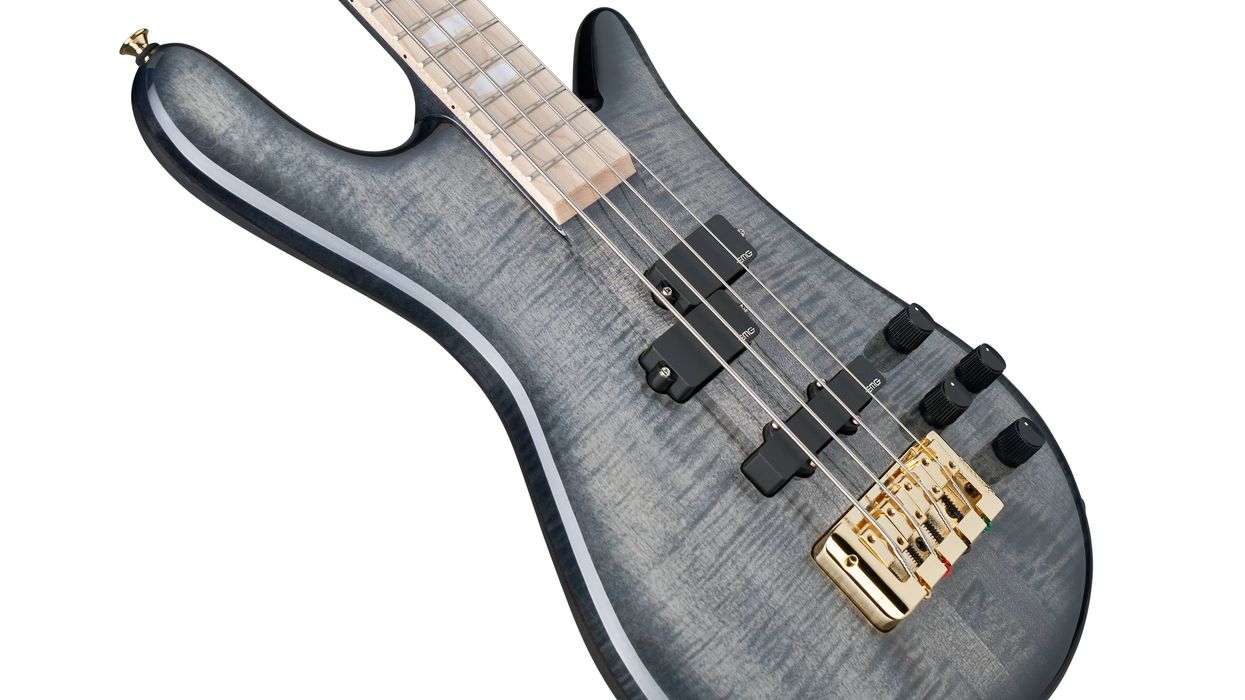Cortex Control allows Quad Cortex users to take complete control of their unit, managing IRs, streamlining workflow, creating new Neural Captures, and much more – all from the convenience of their desktop computer.
Neural DSP today announced the release and availability of the open beta of Cortex Control and its accompanying CorOS 2.2.0 operating system update. The new Cortex Control is a fully integrated platform for managing all the features and settings of the Quad Cortex amp modeler from a desktop computer.
The new release, which provides an even greater level of control of their Quad Cortex device’s functions and parameters, will offer a huge array of user-experience improvements and benefits, including blazing faster start-up and operating speeds, vastly greater workflow optimization, improved Internet connectivity, and more.
According to the company, Cortex Control reflects the constant innovation that users have come to expect from Neural DSP technology and products.
Beginning with speed, the updated Cortex Control literally boots in seconds and instantaneously syncs your Quad Cortex’s current operational status. In other words, you can always pick up where you left off without any interruptions in your workflow.
Speaking of workflow, intuitive mouse actions and keyboard shortcuts ensure that tweaking parameters, managing files, carrying out tasks, and navigating through Cortex Control is smoother and more efficient than ever.
Furthermore, a fully integrated Cortex Control desktop controller lets you manage every feature and setting of your Quad Cortex effortlessly in a sleek and intuitive desktop interface.
Another workflow improvement allows users to perform bulk actions such as copy, like, upload, download, or delete multiple Presets with just a few clicks. Similarly, users can edit, upload, download, or delete multiple Neural Captures and IRs at once.
Backing up any computer-based system is critical, and the new Cortex Control makes that easier and faster than ever – allowing users to create and manage local backups of the Quad Cortex directly on their computer. Users can create as many local backups as needed, and more efficient and speedier actions for renaming, updating, deleting, and recalling backups make managing them quick and easy.
Other features of the new Cortex Control update make it a true milestone in the history of the Quad Cortex:
- Internet via USB — Quad Cortex can now access the Internet using the USB cable it’s connected to your computer with, ensuring uninterrupted Internet access for your Quad Cortex regardless of Wi-Fi availability. Quad Cortex will prioritize the Internet via USB when Cortex Control is open.
- Import Impulse Responses — The process of adding IRs to your Quad Cortex or Cortex Cloud profile is streamlined with Cortex Control. Simply open your IR library and drag and drop your IRs into it. The IRs will be immediately available on your Quad Cortex or Cortex Cloud account, depending on which library you upload them to.
- Audition devices — Click a device on The Grid and then click on another device in the Device List to audition it. Click the auditioned device again to add it to The Grid and replace the loaded device or press ESC to cancel the change.
- Create Neural Captures Easily — The full process for creating Neural Captures can also be completed on Cortex Control.
- Live tuner — Stay in tune without having to open the tuner. Toggle the live tuner by holding CMD/CTRL and clicking the tuner button in the Utility Bar.
Importantly, Quad Cortex users/owners will play a crucial role in fine-tuning and finalizing many of these improvements and new benefits, via the open beta of Cortex Control – which can be downloaded from Neural DSP's website. An open beta is a crucial step in refining and enhancing the software.
“Cortex Control and its accompanying CorOS 2.2.0 operating system update are an important moment in the evolution of the Quad Cortex,” states Dan Davies, Chief Marketing Officer at Neural DSP Technologies. “The new product and OS enhancements reflect our own ongoing research and development as well as input from our community. Furthermore, the open beta program enables us to gather valuable insight and feedback for our Neural DSP community to ensure they’re involved in shaping the future of the Quad Cortex. Happy exploring and testing!”
CorOS 2.2.0 is required to run Cortex Control. Download it via Settings > Device Options > Device Updates on your Quad Cortex once connected to Wi-Fi. (Neural DSP recommends creating a backup before updating your firmware.)
Neural DSP has also announced that the MSRP for Quad Cortex has been decreased to €1699 as of October 2, 2023. This price adjustment was enabled by the decrease in supply chain pressure that had been brought about by the Covid pandemic, which increased the cost and lead times for critical electronic components. Neural DSP is pleased to pass these new savings along to its customers.
For more information, please visit neuraldsp.com.
